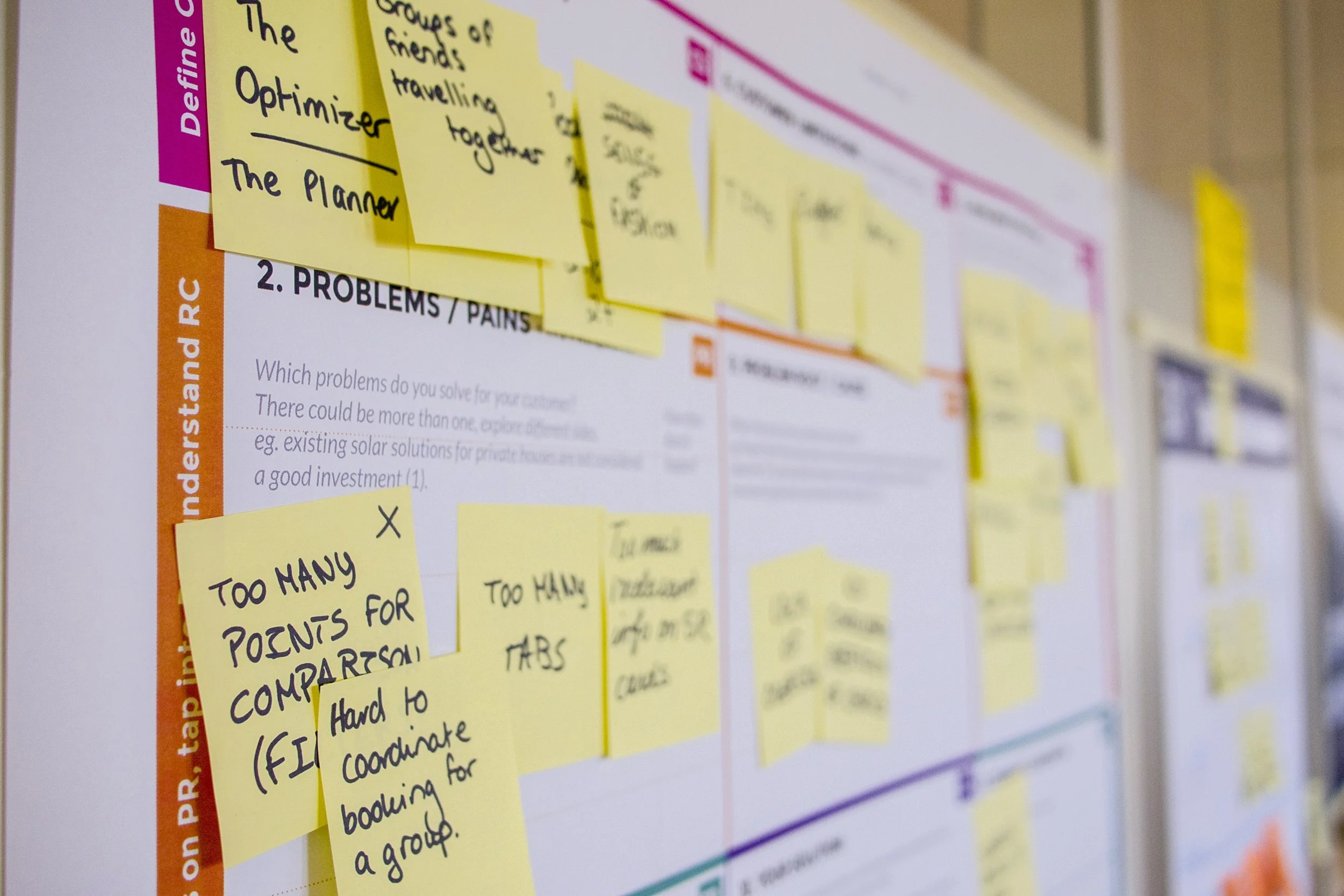
Stage 1: Empathize
“To create meaningful innovations, you need to know your users and care about their lives.”
The first stage of the challenge involves gaining a deeper understanding of the problem and the people affected. In order to do this, it’s important for you to empathize with the people you’re designing for—try to understand their feelings, needs, thoughts, pain points, and motivations. Make sure you let go of your assumptions, judgments, and biases!
If you don’t know what problem to focus on yet, we would suggest looking up social issues in Hong Kong and seeing what interests you the most.
Questions to keep in mind: What is the issue and what is it influenced by? Who and approximately how many are affected? What matters to those who are affected? What challenges and pain points do they face?
Possible Methods:
Research (Articles, books, reports, documentaries, etc.)
Interviews (here’s a helpful interview guide by the Stanford d.School)
Surveys
Observations
Focus Groups
Ideally, you want to collect both qualitative (descriptive) and quantitative (numerical) data.
As you learn about the problem and your users, we would highly recommend you create an empathy map—a visualization of what we know about our users. A traditional empathy map is split into 4 quadrants (Says, Thinks, Does, and Feels), with the user in the middle.
Says: what the user says out loud
Eg. How does this work? Where should I start? How can I do this?
Thinks: what the user is thinking
Eg. This is so hard, maybe I’m the problem, am I the only one who has this struggle
Does: what action the user takes
Eg. Lives alone, checks social media constantly, participates in weekly social activities
Feels: how the user feels
Eg. Lonely, confused, frustrated, worried
Source: nngroup.com


